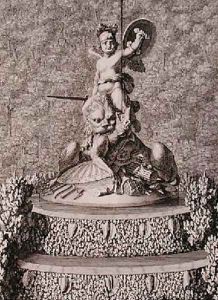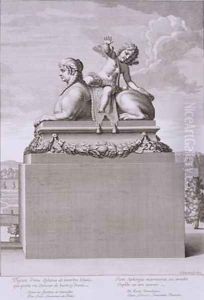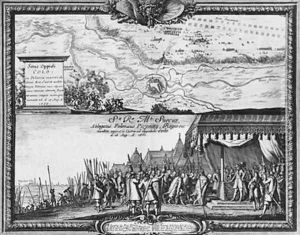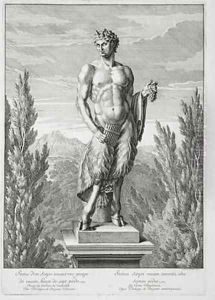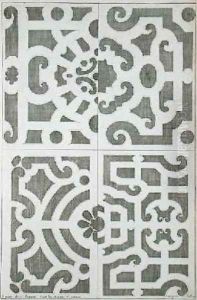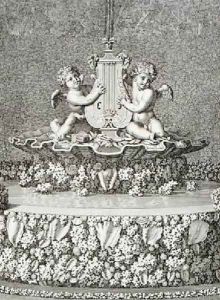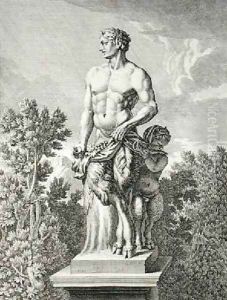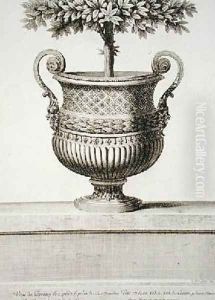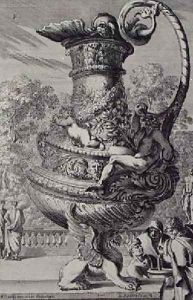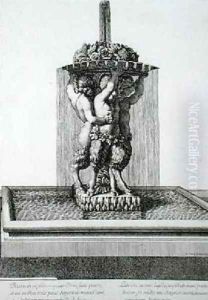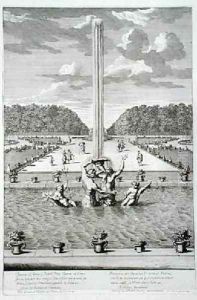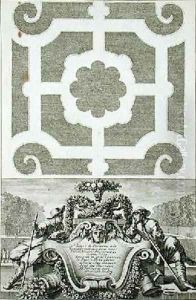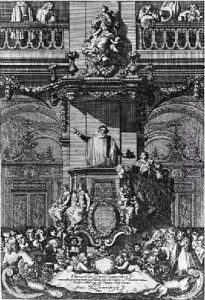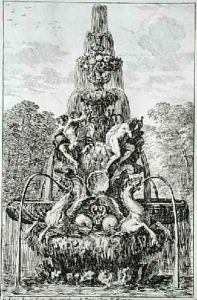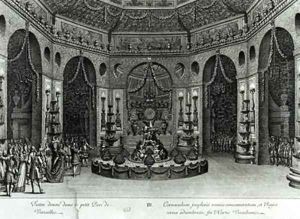Jean Lepautre Paintings
Jean Lepautre, sometimes spelled Le Pautre, was a French engraver, draughtsman, and designer, known primarily for his prolific output of ornamental engravings that served as a resource for artists and architects during the 17th century Baroque period. Born in Paris in 1618, Lepautre was immersed in an artistic environment from an early age. He was the brother of the architect Antoine Lepautre and was part of a family prolific in the arts.
Lepautre began his career as an apprentice to a carpenter, but his skill in drawing led him to the art of engraving. His talents were recognized early by the French court, and Lepautre quickly gained a reputation for his elaborate and detailed designs. His work includes a wide range of subjects, from architectural plans and elevations to decorative ornaments, such as friezes, vases, and furniture designs. He also created scenes of daily life, battles, and historical events.
The majority of Lepautre's engravings were published in various collections, which were widely distributed and highly influential among contemporary artists. His designs contributed significantly to the spread of the French Baroque style throughout Europe. Lepautre's work reflects the grandeur and opulence of the Louis XIV style, often referred to as the 'Grand Siècle' period in French art.
In addition to his engravings, Lepautre was involved in designing interiors for French nobility and even for the king himself. He worked on the interiors of several Parisian hotels and chateaux, bringing his intricate and luxurious designs to life in three dimensions. Lepautre’s style was characterized by a sense of movement and complexity, with a strong emphasis on the play of light and shadow.
Jean Lepautre's influence extended beyond his lifetime. His engravings continued to inspire and inform the work of architects, designers, and craftsmen throughout the 18th century, particularly in the Rococo movement, which took many cues from Baroque ornamentation. He died in Paris in 1682, leaving behind a legacy as one of the most important and influential French engravers of his time.
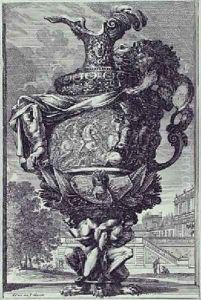

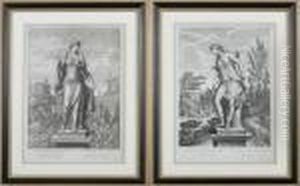
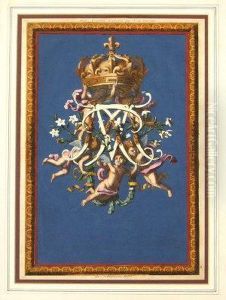
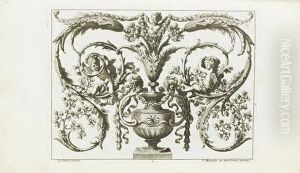
![[alcoves A L'italienne]: Five Plates](https://www.niceartgallery.com/imgs/762123/s/jean-lepautre-alcoves-a-litalienne-five-plates-bc451071.jpg)
![[versailles]: Seventeen Plates](https://www.niceartgallery.com/imgs/762124/s/jean-lepautre-versailles-seventeen-plates-f67b9b3a.jpg)
